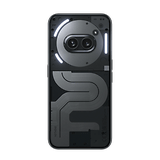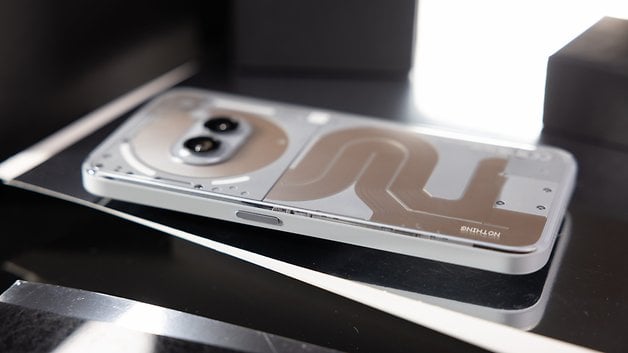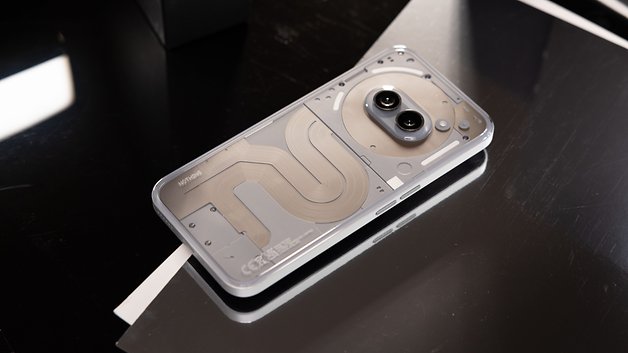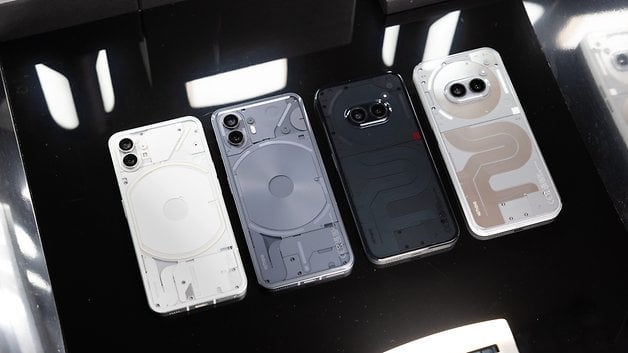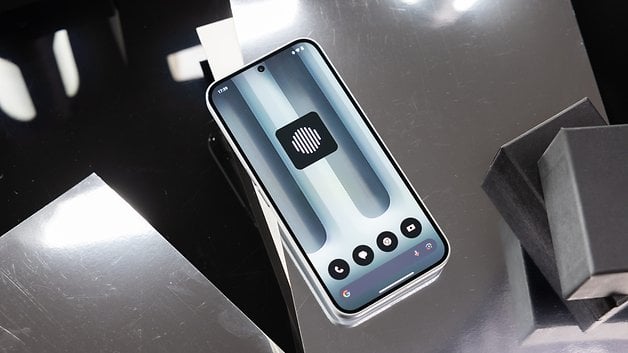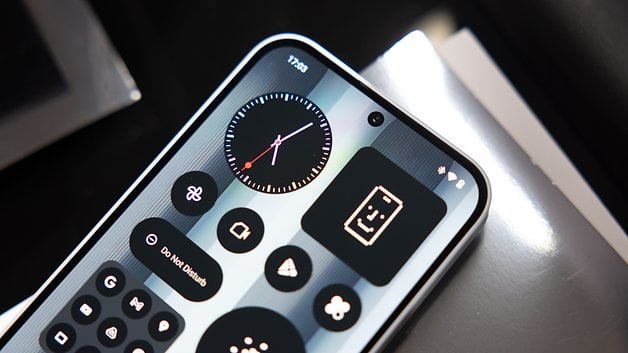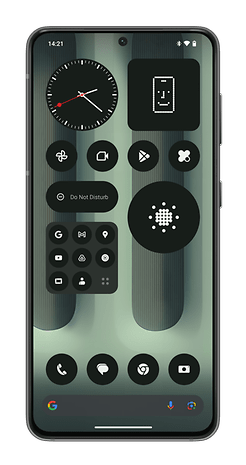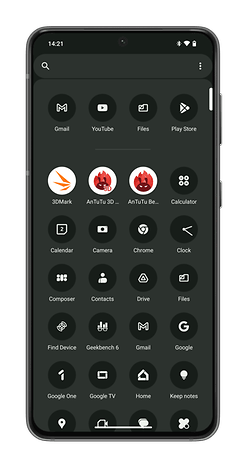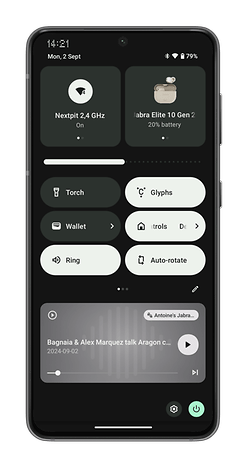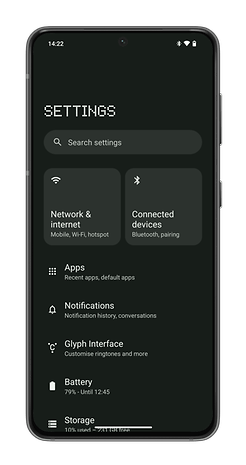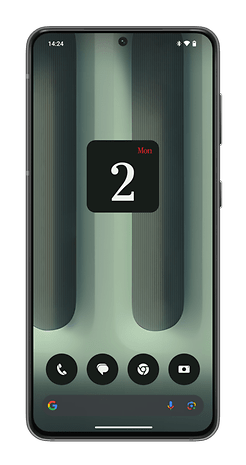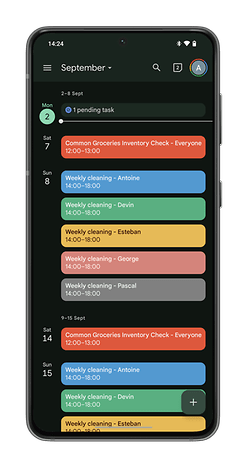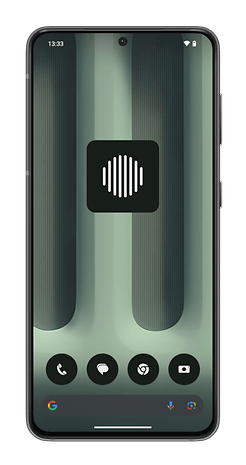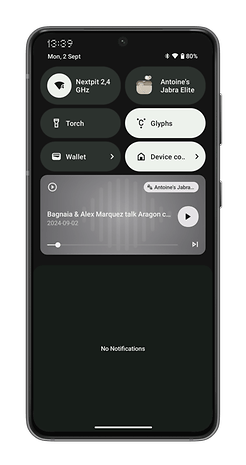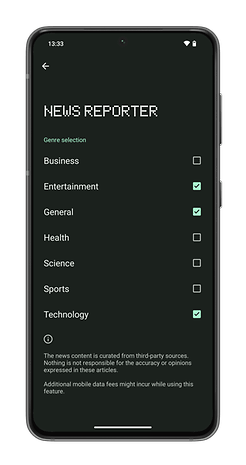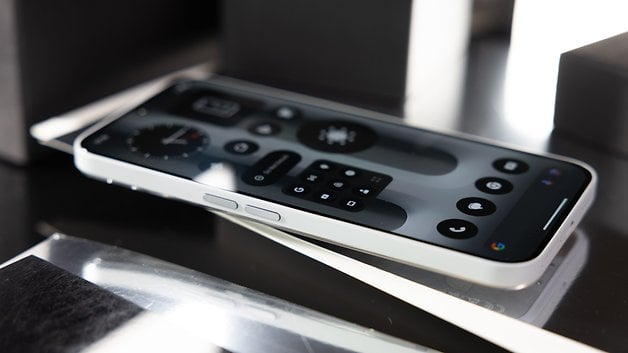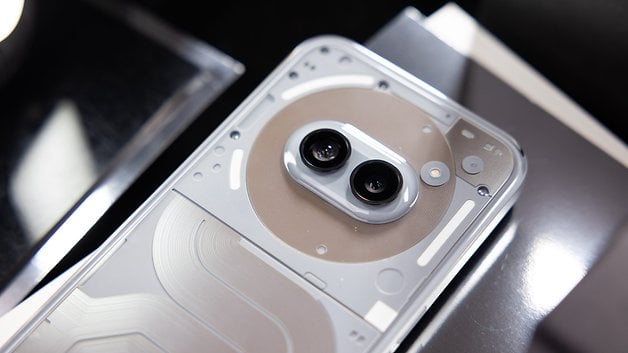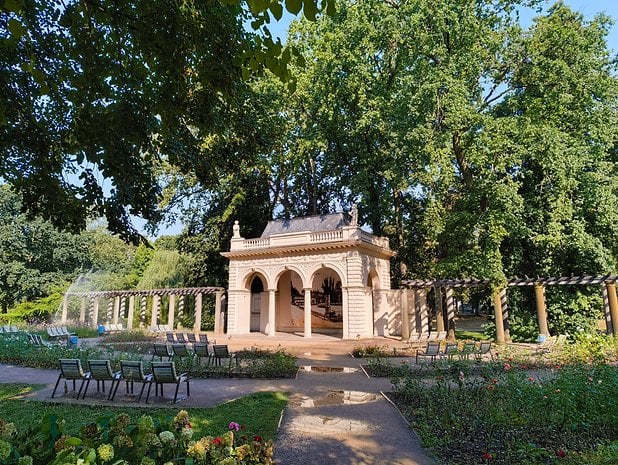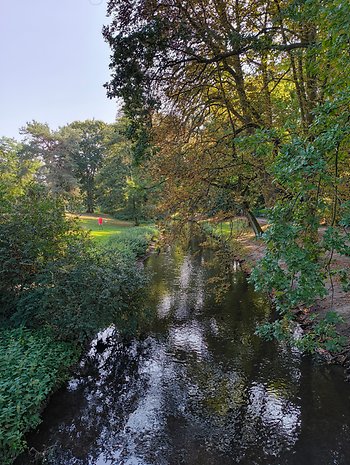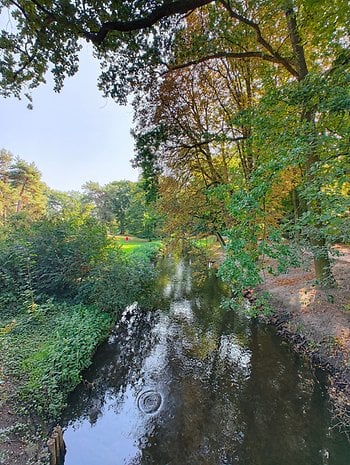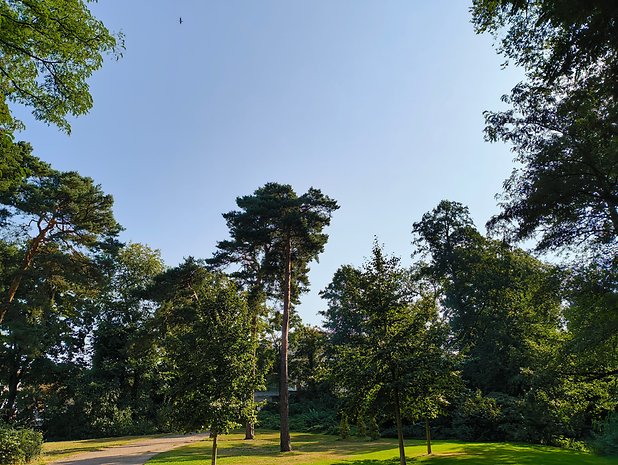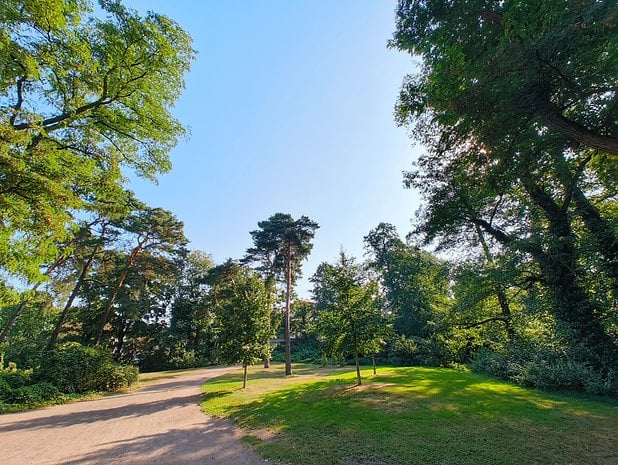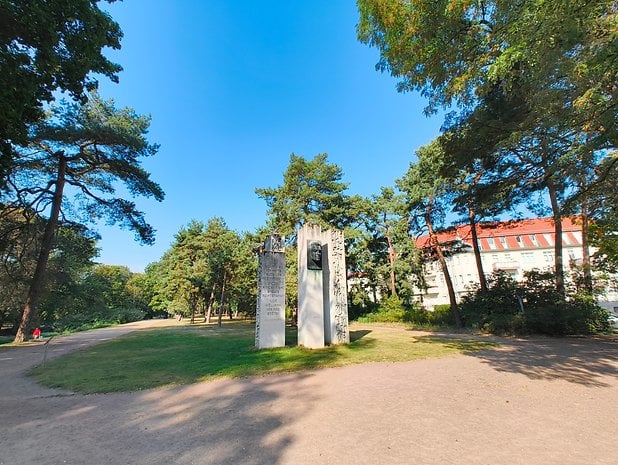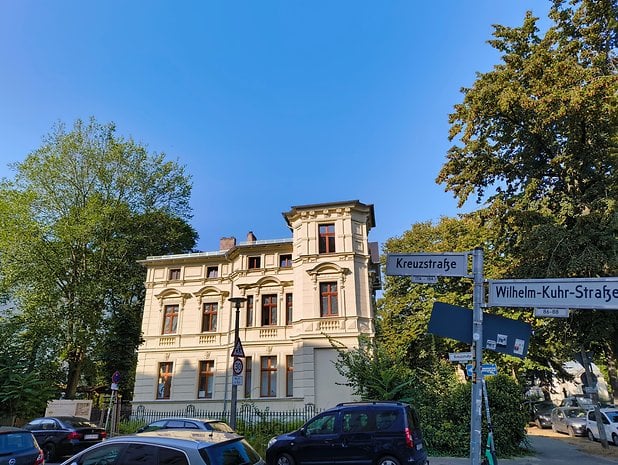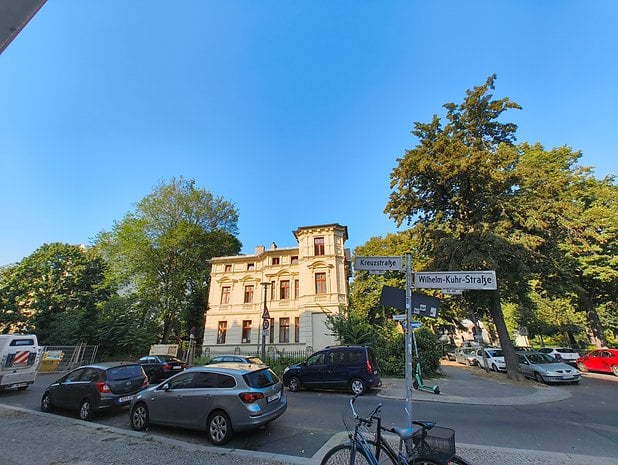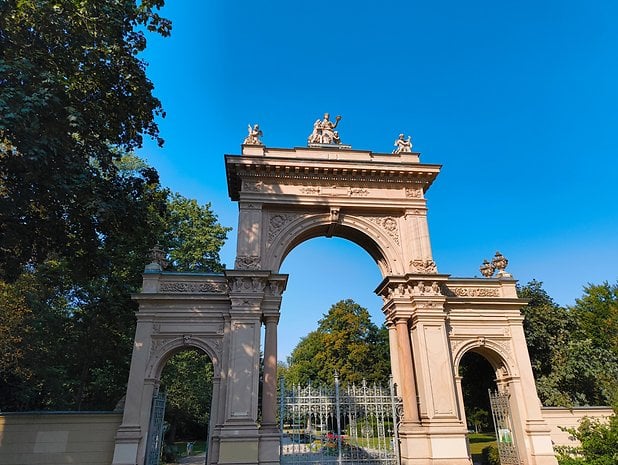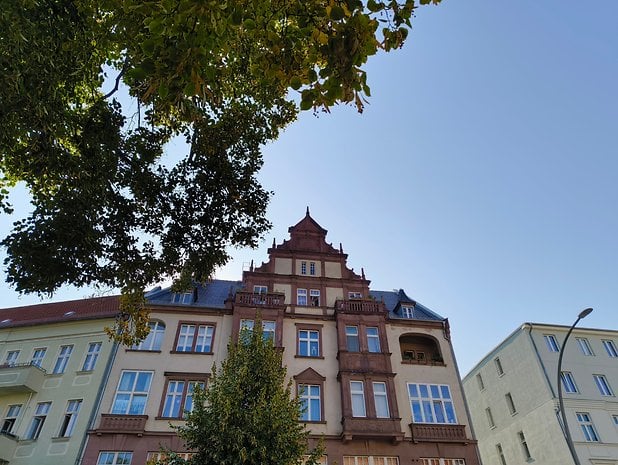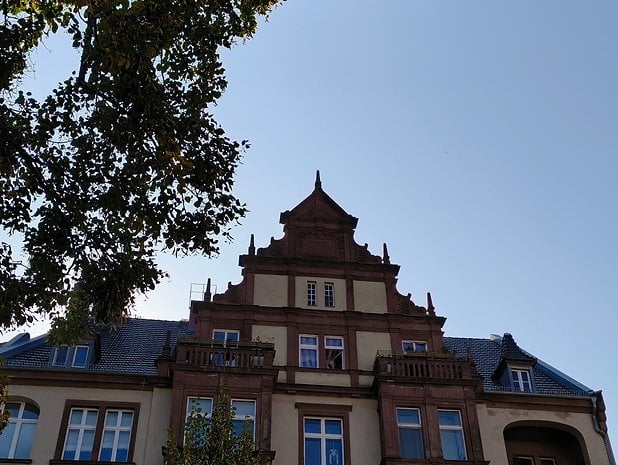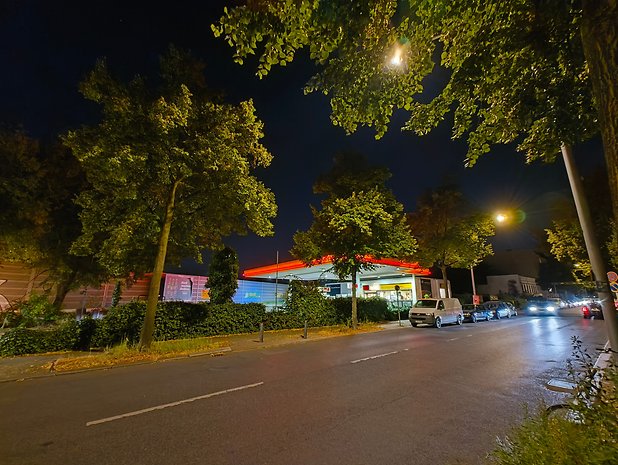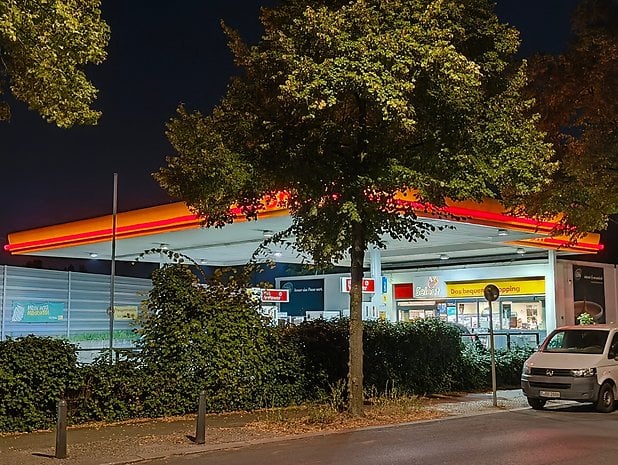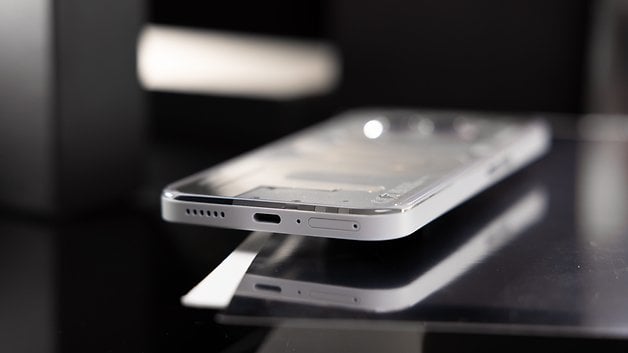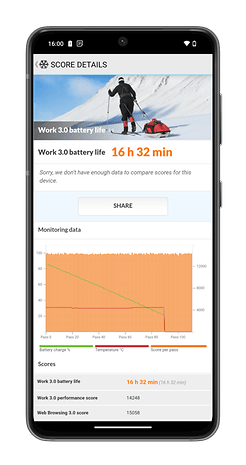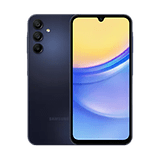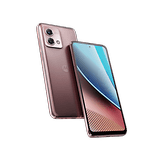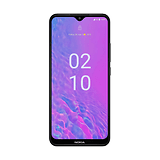Nothing Phone (2a) Plus Review: Balancing Price and Performance
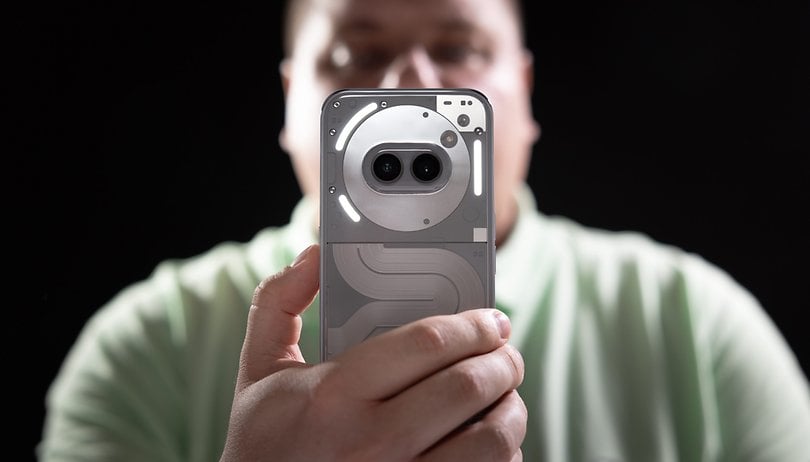

The Nothing Phone (2a) Plus is an experiment. With this slightly more premium version than the Nothing Phone (2a), the manufacturer wants to test you. Nothing wants to see what changes, improvements, and compromises you're prepared to accept in a mid-range smartphone. With a slightly more advanced spec sheet, can the Nothing Phone (2a) Plus convince you to pay 100 bucks more than the Nothing Phone (2a)? I give you my honest opinion in this full review.
Good
- Nice design
- Correct photo quality
- Bright 120 Hz OLED display
- Excellent battery life
- Stable performance
Bad
- Photo module not very versatile
- Lack of raw power for gaming
- No eSIM or microSD support
- IP54 certified only
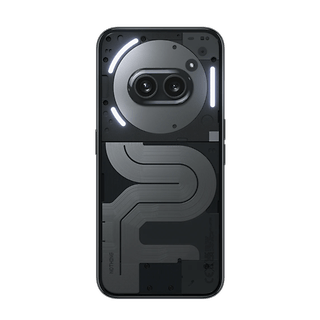
Prices and availability
The Nothing Phone (2a) Plus is available in France from September 6, 2024. It comes in a single memory configuration of 12/ 256 GB. It sells for 449 euros on Nothing's official store and on Amazon.
The Nothing Phone (2a) Plus is a mid-range smartphone. The manufacturer's flagship remains the Nothing Phone (2) we tested a few months ago. Nothing has taken the specifications of the Nothing Phone (2a) (which we also tested) and made a few changes. A new SoC, a glass back instead of plastic, and a few extra megapixels for the camera module.
Design and screen
The Nothing Phone (2a) Plus is identical to the Nothing Phone (2a). There are new colors with the visible components inside more metallic. This creates some nice reflections with the Glyphe interface LEDs.
Pros:
- Cool, polished design,
- Good grip with flat, grippy edges.
- Well-calibrated screen.
- Symmetrical screen edges.
Cons:
- Plastic back.
Design
The Nothing Phone (2a) Plus comes in two colors: gray and black. I chose the gray version for my test. The frame is made of aluminum with straight edges covered with a grippy material. The back is made of transparent plastic rather than glass. The smartphone is certified IP54 for water and dust resistance.
I always appreciated the Nothing smartphone design. The plastic on the back of the Nothing Phone (2a) Plus feels less "plasticky" than on the Phone (2a). In fact, I had to ask the press department to confirm that it wasn't a glass plate. The rounded corners and gripping edges offer a very good grip.
The screen
The Nothing Phone (2a) Plus screen is a 6.7-inch AMOLED slab. Resolution is 1084 x 2412 pixels, refresh rate 120 Hz, and maximum brightness 1300 nits peak and 1100 nits HBM (max brightness in full sunlight). The screen is flat and the edges are fairly thin, as well as being symmetrical. It's protected by Gorilla Glass 5.
I could easily forgive the Phone (2a) for not having an LTPO panel. I find it a little harder to do the same for the Phone (2a) Plus, which is 100 dollars more expensive. Colorimetry seems to me to lean towards warm tones, but I didn't notice any major saturation problems. And brightness is correct in all circumstances. In fact, it hasn't changed at all compared to the Nothing Phone (2a). I also like the fact that the edges are symmetrical, with no big chin at the bottom of the screen.
Interface and OS
The Nothing Phone (2a) Plus runs on Nothing OS 1.6, based on Android 14. The manufacturer promises three Android updates and four years of security updates. There are a few new widgets and a rather strange AI function.
Pros:
- Nothing OS interface is as clean as ever.
- Almost no bloatware.
Cons:
- The "News Reporter" AI function is relatively useless.
For an overview of Nothing OS 1.6, please see my review of the Nothing CMF Phone (1), in which I invite you to read my review of Nothing OS 2.5. In short, the Nothing Phone (2a) Plus interface has not undergone any drastic changes.
There are two main new features. The first is a "Date" widget that shows you... today's date. But it also acts as a shortcut to your reminders and other daily events in your Google Calendar.
The second new feature is the "News reporter" widget. Hold on to your hats, because this is an exclusive AI function. When you press it, the gentle voice of Nothing CFO Tim Holbrow summarizes the day's most important news.
Nothing uses an open-source aggregator called News API. Currently, only English-language articles from English-language sources are supported. And you can't choose which sources the widget should use. You can simply choose from different themes.
It's fun, and if you don't have the time or the means to scroll through Google News or whatever, it can be handy. But I find this kind of feature rather tendentious. Our dear Tim Holbrow never tells us the source of the news he's telling us in his suave, British-accented voice.
Each news summary lasts a maximum of one minute. And the widget can read up to eight summaries a day. You can switch from one news item to another via the media player in the quick-access menu. But the list of news summaries is only updated daily. You can't have multiple selections several times a day.
Performance and SoC
The Nothing Phone (2a) Plus gets a brand-new SoC. It's the MediaTek Dimensity 7350 Pro, exclusively optimized for Nothing by TSMC.
Pros:
- Good stability and no overheating.
- 30 constant FPS for gaming.
Cons:
- Not the most powerful in this price range.
Nothing was already claiming that the Nothing Phone (2a) Dimensity 7200 Pro was an exclusive. In reality, it's the "Pro" version that's exclusive. And it's exclusive because Nothing and TSMC have collaborated to optimize the chip for the manufacturer's smartphones. But that doesn't mean that other manufacturers won't be able to use the same basic SoC. Xiaomi, for example, uses its own "exclusive" version of the Dimensity 7200 Ultra.
I assume the same applies to the Dimensity 7350 Pro in the Nothing Phone (2a) Plus. In any case, it's an eight-core, 4nm SoC. There are two Cortex-A715 performance cores clocked at 3 GHz and six Cortex-A510 efficiency cores clocked at 2 GHz.
On benchmarks, the Nothing Phone (2a) Plus is indeed more powerful than the Nothing Phone (2a).
| Nothing Phone (2a) Plus (Dimensity 7350 Pro) |
Nothing Phone (2a) (Dimensity 7200 Pro) |
|
|---|---|---|
| AnTuTu | 771.436 | 707.480 |
| 3D Mark Wild Life Extreme Stress Test | Best loop: 1379 Worst loop: 1368 Stability: 99.2% |
Best loop: 1153 |
| Geekbench 6 | Single: 1218 Multi: 2625 |
Single: 1148 Multi: 2589 |
In practical use, you'll have to make do with playing at 30 FPS in the vast majority of cases. Arena Breakout launched with graphics set to "medium" by default. The framerate remained fairly constant at around 30 FPS.
I didn't notice any overheating problems. And the benchmarks attest to very good performance stability. Logical, there was no overheating, neither too much throttling. But in this price range, there are much more powerful models. The Poco F6 tested a few months ago, for example.
Photo quality
The Nothing Phone (2a) Plus features a double photo module on the back. It is very similar to that of the Nothing Phone (2a), itself very similar to that of the Nothing Phone (2). The real novelty is the selfie camera, which increases from 32 to 50 MP.
Pros:
- Good daytime photo quality.
- Significantly improved selfie quality.
- Clean portrait mode.
- No unnecessary sensors.
Cons:
- Limited digital zoom.
- Dynamic range not always balanced.
- Still a little too much sharpening.
Main lens quality and ultra-wide angle
By day, the main lens offers a good level of detail. I find that the sharpness is a little too accentuated. It's hard to explain, but it's as if the edges of certain elements stood out too much, without adding detail to the scene. Colorimetry is fine. But I find the dynamic range sometimes badly managed (sometimes too much exposure).
The ultra-wide-angle lens is correct. Not too much distortion at the edges of the image. Colorimetry is consistent with the main lens. And the slight digital smoothing didn't really bother me.
Zoom quality
The Nothing Phone (2a) Plus has no dedicated telephoto lens. It can operate a digital zoom up to x10. At x2, results are decent. The loss of detail compared to x1 seems negligible. At x10, digital smoothing reduces sharpness and detail.
Selfie quality and portrait mode
The 50 MP selfie camera takes photos at full 50 MP resolution, so there's no pixel-binning. Selfies are very good. There's good detail in skin texture and overall textures. Portrait mode also works very well, with the selfie camera as the main lens. The only fault with the selfie camera is its lack of autofocus. But I didn't have any major focusing problems during my test either.
Night-time quality
Compared to the Nothing Phone (2a), low-light photos are much more natural with the Phone (2a) Plus. The main lens does rather well, at x1 and even x2. There's not much in the way of lens flare, which cracks up the image. The night sky is neither blue nor artificially brightened. And digital noise remains contained.
With the ultra-wide-angle lens, it's clearly not as good. I wouldn't use this lens on a daily basis. Night selfies are ok, but I had a few focus problems.
The Nothing Phone (2a) can shoot in 4K at 30 FPS with its two lenses on the back, but also with the selfie camera. This was not the case with the previous model and is a welcome improvement.
Battery and recharging
The Nothing Phone (2a) Plus battery has a capacity of 5000 mAh. The smartphone accepts 50 W wired charging, but not wireless charging.
Pros:
- Solid battery life.
- Efficient 50 W charging.
Cons:
- No charger in the box.
On the PC Mark battery life benchmark, the Nothing Phone (2a) Plus lasted 16h32 before dropping below 20% battery. This is a very good score. Logical and expected in this price range and with a 5000 mAh battery. However, it's not quite as good as the 17:02 achieved by the Nothing Phone (2a).
In practical use, you can easily last two days before having to connect the smartphone to its charger. A charger is not included in the box.
The 50 W wired charging takes you from 0 to 100% in just over an hour. In my test, I was able to recover 60% after 30 minutes of recharging. This is a big improvement on the basic Nothing Phone (2a), which needed 1h30 for a full charge.
| Nothing Phone (2a) Plus (5000 mAh | third-party charger 140 W) |
|
|---|---|
| 5 min. |
|
| 10 min |
|
| 20 min |
|
| 30 min |
|
| 1 h |
|
| Full charge |
|
Technical data
| Nothing Phone (2a) Plus | |
|---|---|
| Screen |
|
| SoC |
|
| Memory |
|
| OS |
|
| Camera |
|
| Selfie |
|
| Battery |
|
| Connectivity |
|
| IP certification |
|
| Dimensions and weight |
|
Conclusion
Would I advise you to buy the Nothing Phone (2a) Plus at 449 bucks? No.
The Nothing Phone (2a) Plus is more powerful than the Nothing Phone (2a). In this respect, Nothing's promise is kept. But these improvements are too slight to justify the price hike. This is the dilemma of the mid-range. The Nothing Phone (2a) Plus has a price positioning problem.
The Phone (2a) was fine at around 350 dollars. It was a well-balanced mid-ranger with a very cool design. But at $100 more, I find that the Nothing Phone (2a) Plus has fewer arguments against the competition. You can easily find a Samsung Galaxy A55 or a Redmi Note 13 Pro+ at that price. And I find they offer better value for money.
If, like me, you appreciate Nothing's smartphone ecosystem, wait a few months. Once deals bring it under the $400 mark, the Nothing Phone (2a) Plus will be more relevant. But then, the basic Nothing Phone (2a) won't be. More and more is sometimes less.
What do you think of the Nothing Phone (2a) Plus after this test? Does Nothing risk cannibalizing its catalog by launching "too many" similar smartphones?
